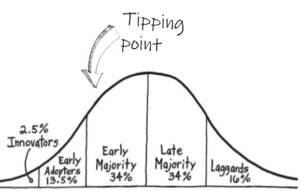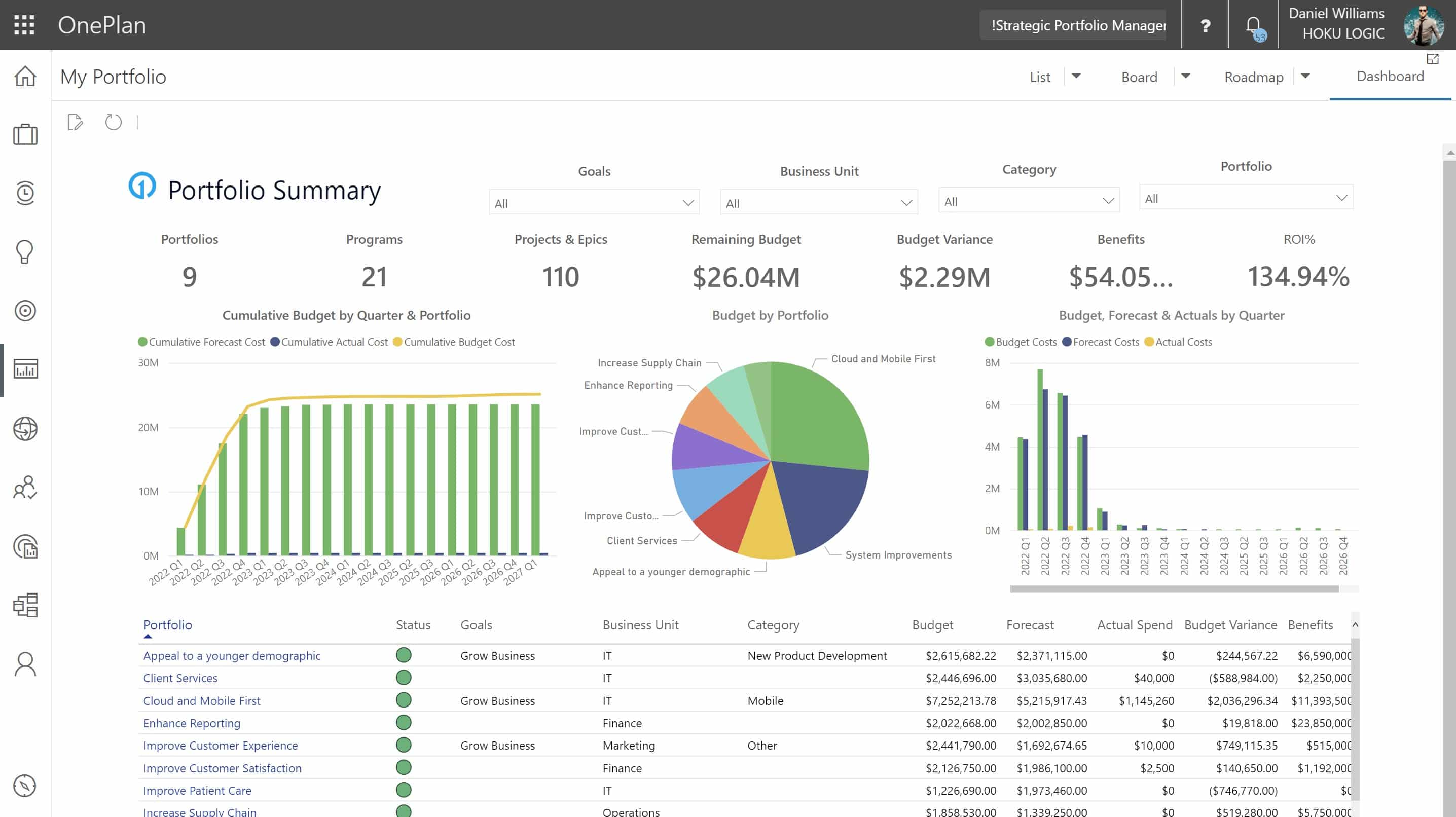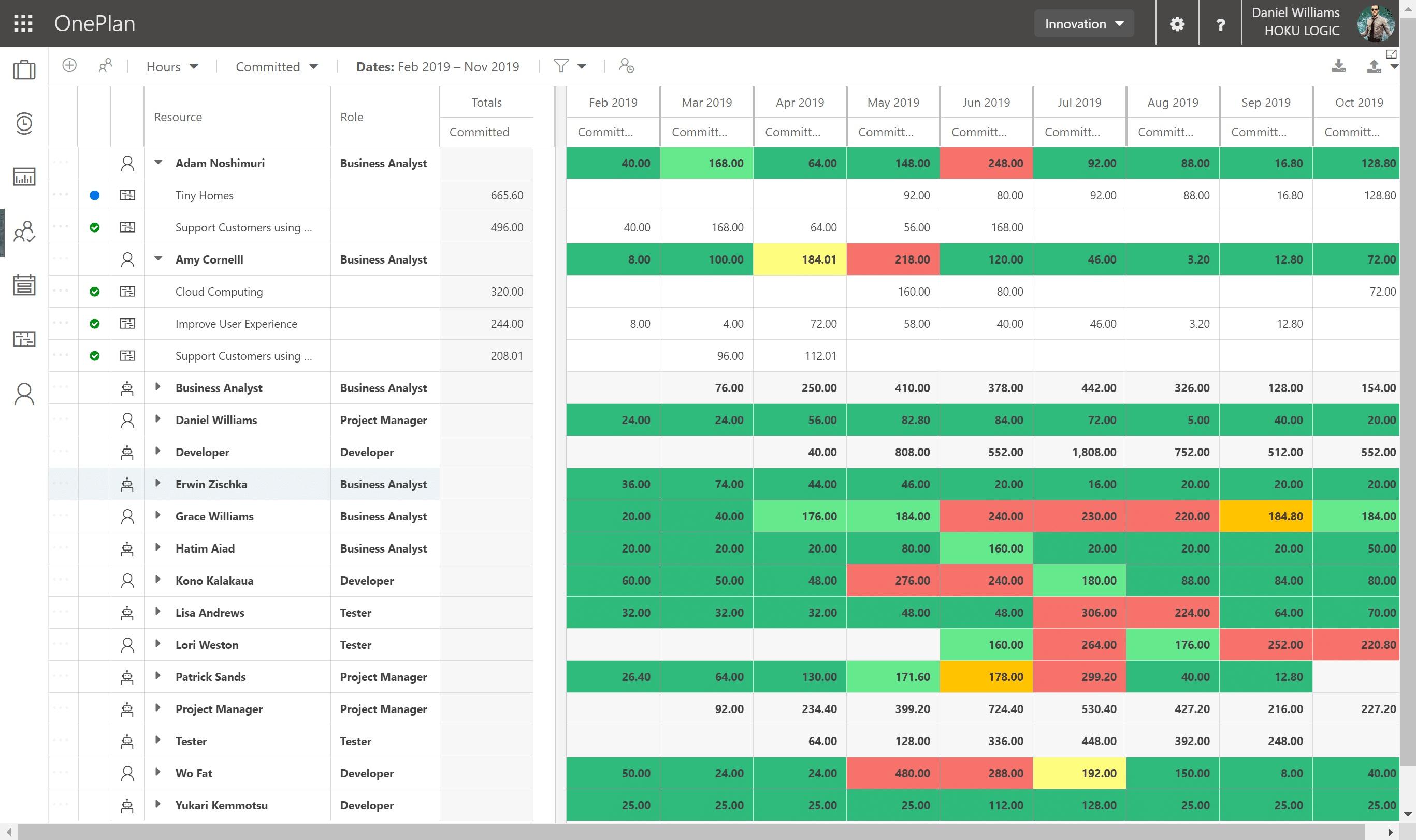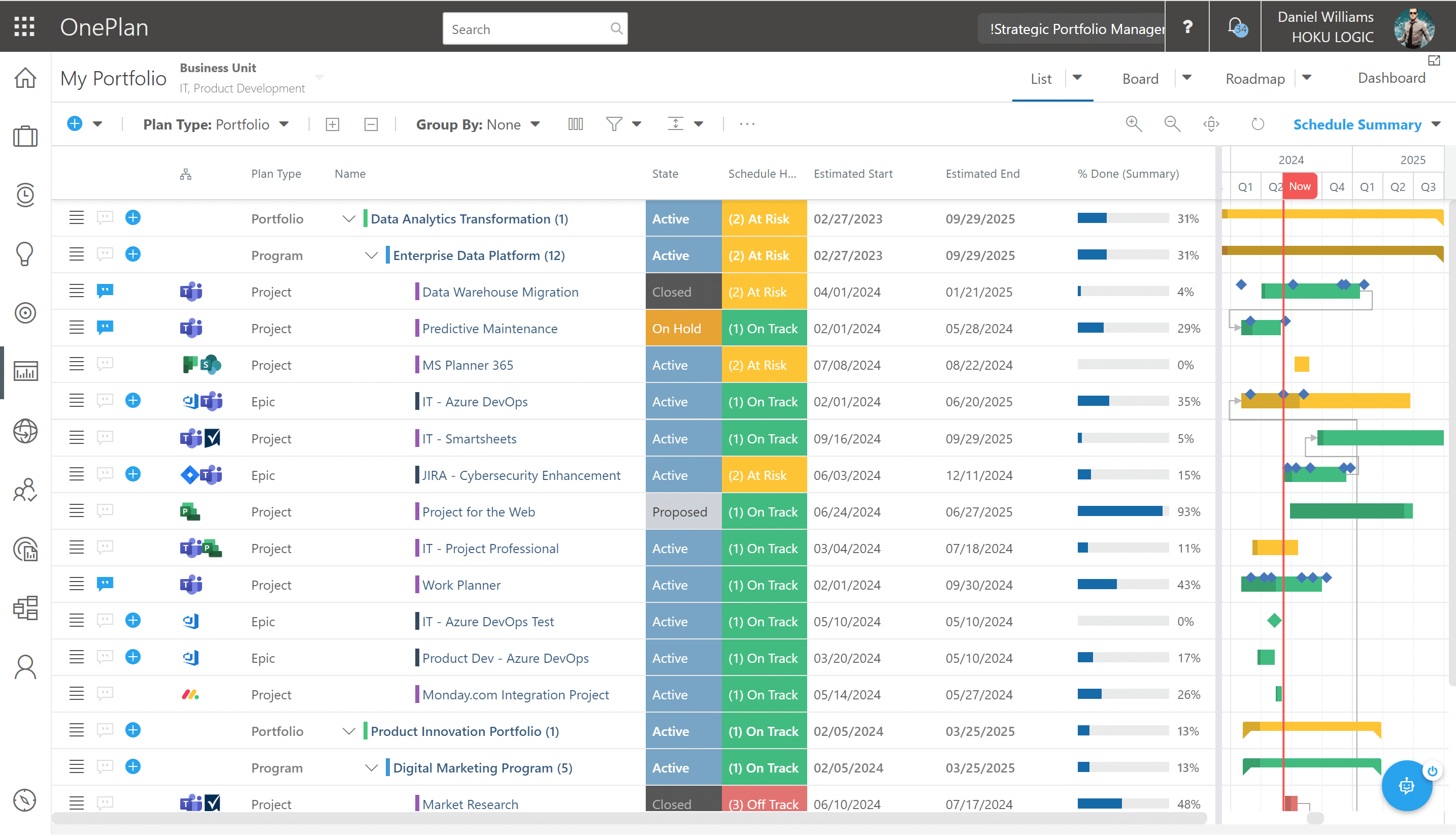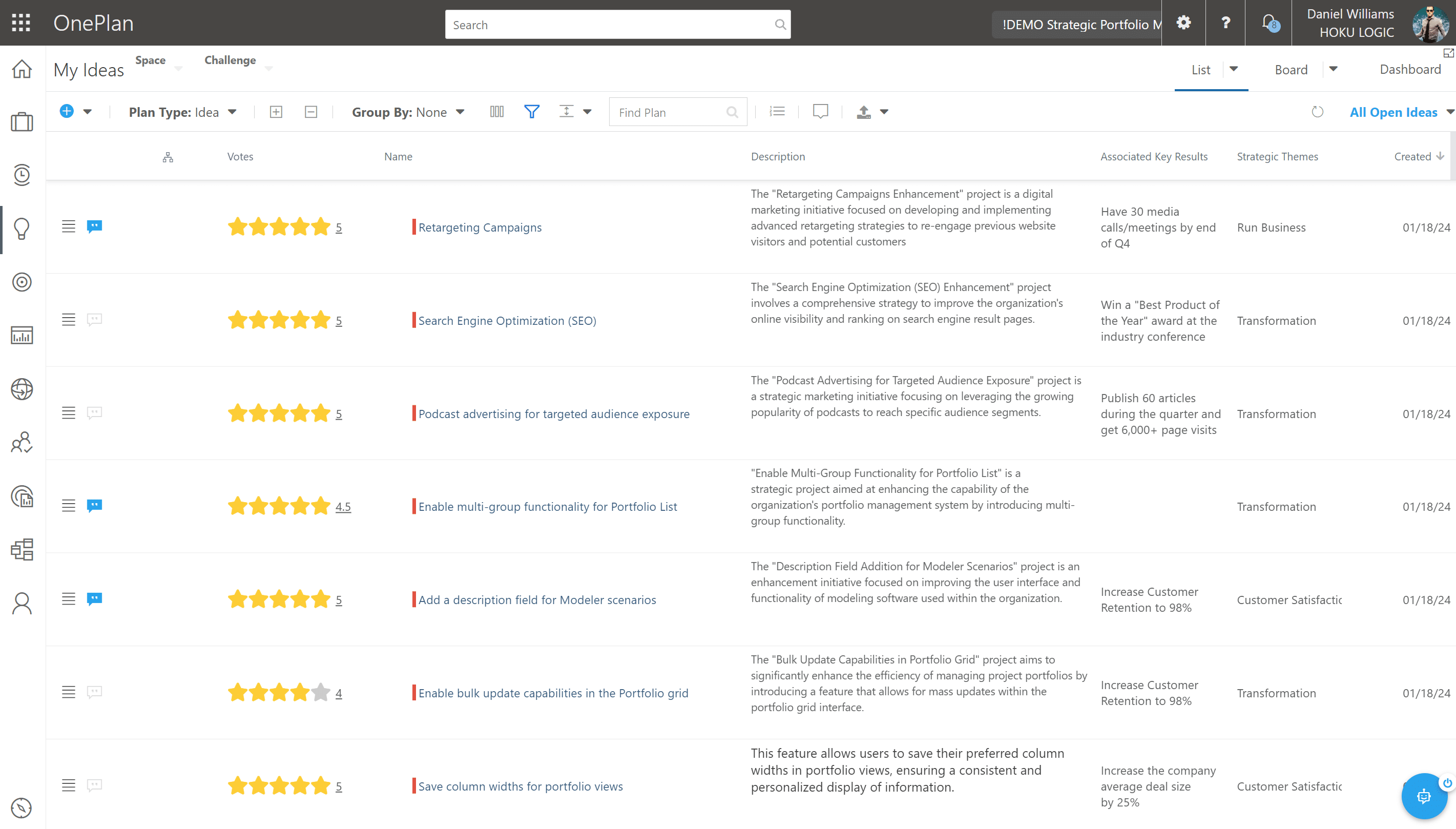CHANGE YOUR VIEW OF CHANGE
When our organizations take on significant change initiatives – let’s say we are asking thousands of employees to use a major new system – we often admit afterward that we did a terrible job with organizational change management. It’s commonly cited as the reason why a good idea never entirely made it into great execution or why the big dollars of its business case did not materialize. If we all know this, what are we missing? Part of the reason is that we think of change management as a separate thing on our checklist, a thing that gets lost in the heat of prioritization. Another reason is that nobody can quite put their finger on a change management model that fits. This is understandable because all change methods are somehow wrong and yet useful at the same time.
We should probably change our perspective on change. After all, the capability to change is a strategic imperative. First, let’s look at what is out there, which is helpful. There’s the technical side of change, and then there’s the human side. If I were to combine my favorite approaches to managing change, there would be three tracks: the personal journey, the organizational journey, and program management.
THE PERSONAL JOURNEY
How do individuals react to change? Luckily, there are some helpful guides. The Bridge method points out that change occurs in phases – the end of things, the search for a neutral zone, and finally, the new beginning, the acceptance of the purpose. It works because it makes us acknowledge the loss and the end of the past. Another classic model is the Kubler-Ross 5 Stages: denial, anger, depression, bargaining, and acceptance. Both models help if you are building a communications plan.
Outside of the traditional change models, there is also what we know about how the brain works. We spend most of our lives at work managing, selling and communicating based on ‘How?’ and ‘What?’. How does our product X work? What should the new initiative Y do for employees? As much as we all like to think we are ruthlessly objective and grounded in facts, it turns out that the part of the brain that deals with emotion is the same part that makes decisions.
Despite our best assumptions, people are making decisions based on how they feel. In any change management strategy, focusing on answering the question of ‘Why?’ is the way to lead. People yearn to find purpose in their work – whether they admit it to themselves or not – so nailing the answer to the question of why something is essential becomes key to helping people with change. It should also be the central campaign message in all communications. Behavioral change happens at the emotional level and not on the intellectual level.
THE ORGANIZATIONAL JOURNEY
There are a couple of guides I like for the organizational direction. One is the technology adoption curve by Rogers, based on the theory of diffusion of innovation. It uses a bell curve to show the acceptance of a new product by different groups, according to their characteristics; some people are early adopters by nature, while others are incorrigible laggards.
The theory goes that you need to build up momentum and get squarely into the Early Majority box with your onboarding of people before you experience a tipping point that brings everyone else along. I like the approach of using this to identify the different groups in the organization and using various means to engage them.
As far as organizational methods go, I prefer the Prosci ADKAR model.
This works very well as a checklist. It gives us all the right pointers for building a plan that incorporates training and communications at the right times. I also like to add something – the role of leadership and program management.
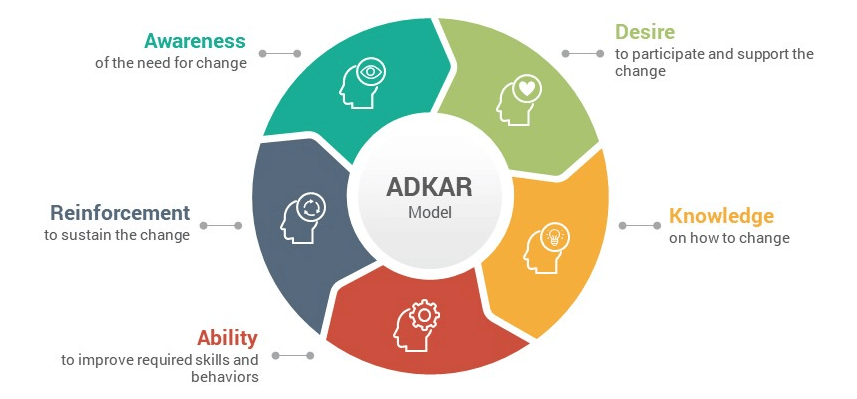
PROGRAM MANAGEMENT
To be clear, by ‘program management,’ I mean the management of everything, technical and human, to plan and deliver a great solution on an epic scale. Excellent program management implies the ability to deal with enormous complexity and align large numbers of people. What we believe leads to greatness is a big topic on its own; however, success is the result of many processes working in combination with the same goal.
Successful management of programs =
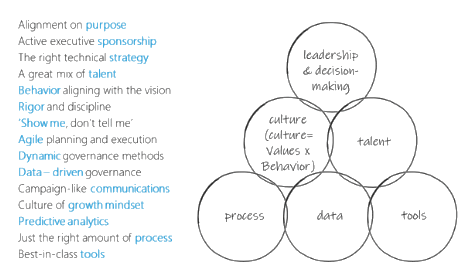
BRING IT ALL TOGETHER
I believe that organizational change is best as a blend of understanding psychology – the personal journey – plus strong program management. Excellent program management is more than managing by checklist. Managing change is not an ‘add on’ to program management, and program management is not an optional extra for organizational change management: they are the integrated halves of the best solution. It is left-brain leadership meeting right-brain leadership, an equal focus on the technical and the human, execution brilliance, and emotional intelligence.
The change management models are helpful guides and checklists. Often it is best to combine elements of each. My biggest piece of advice? Don’t think of change management as something to do when all the other work is done: build it into the overall approach to solution design and implementation.


